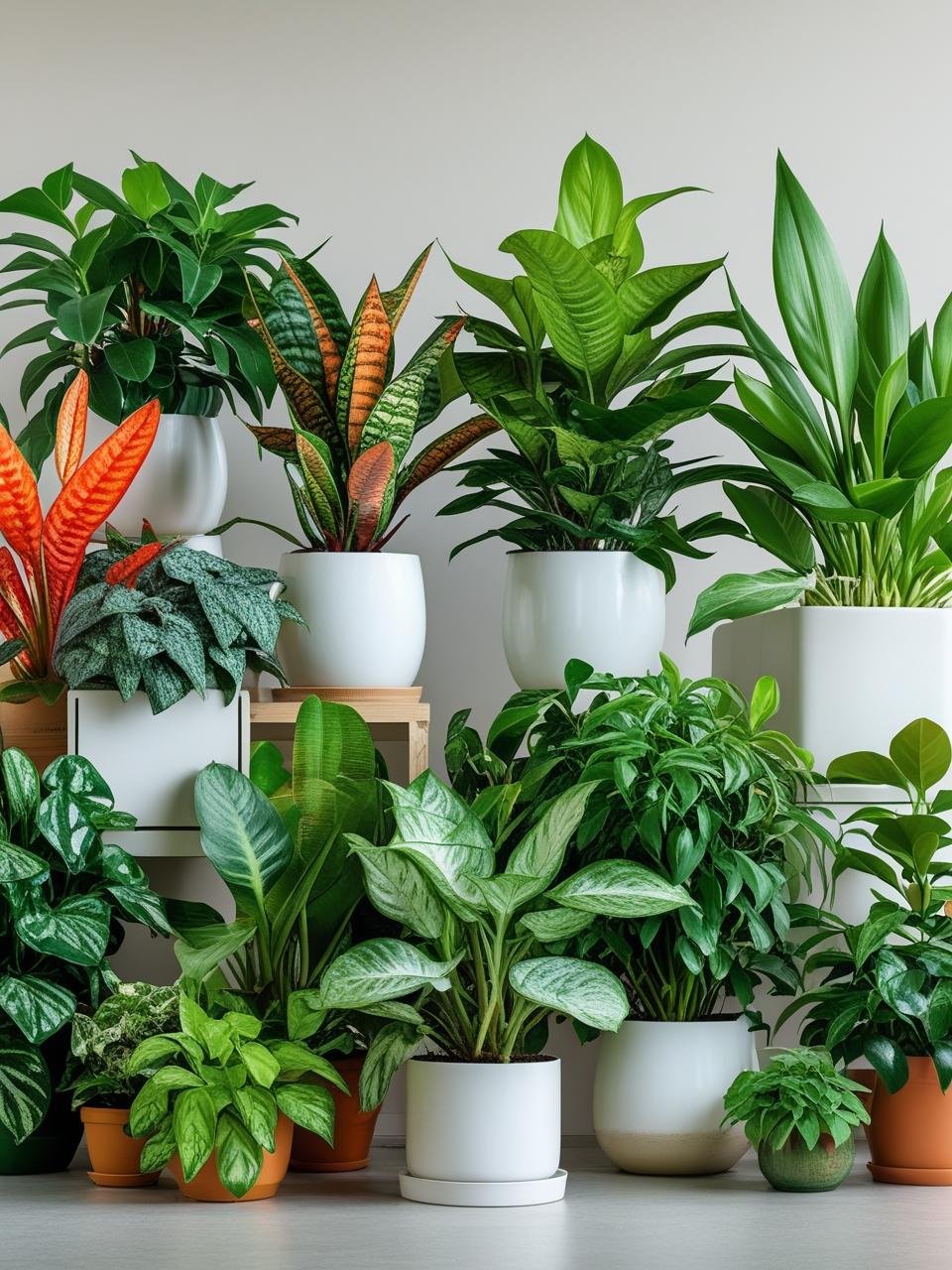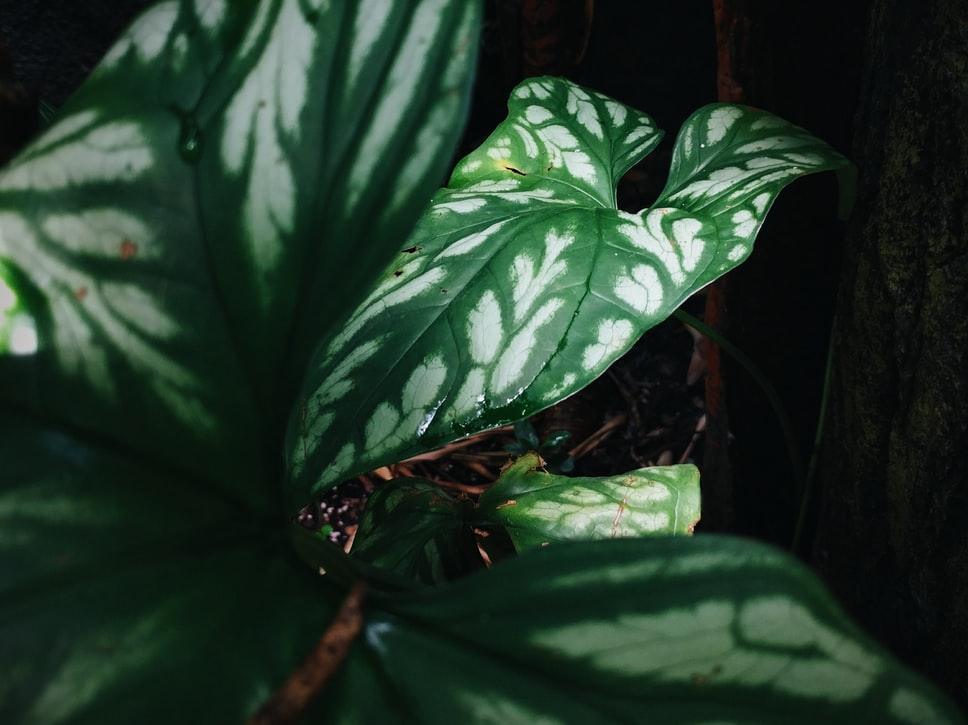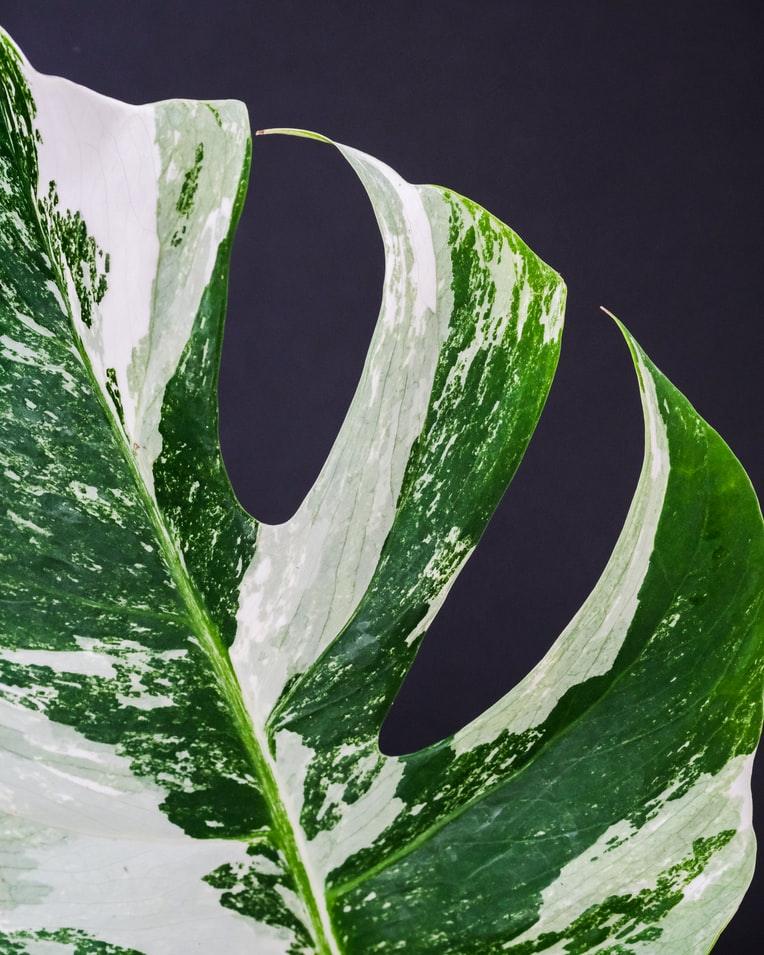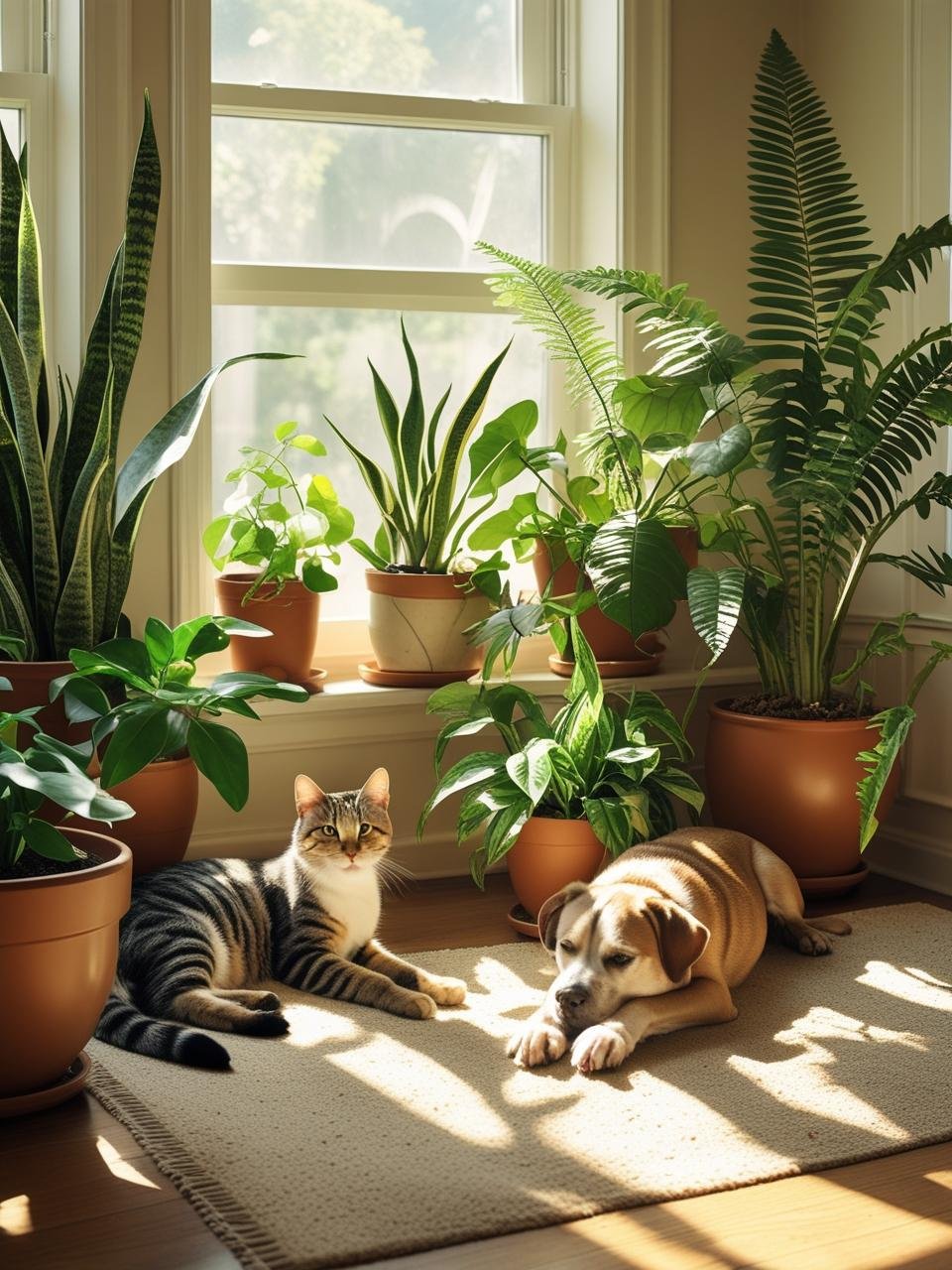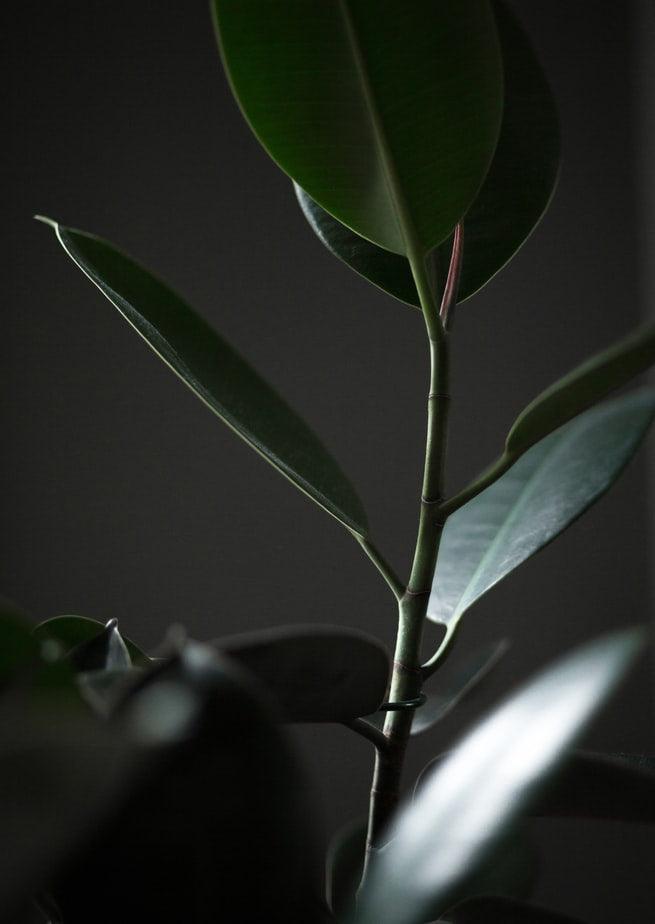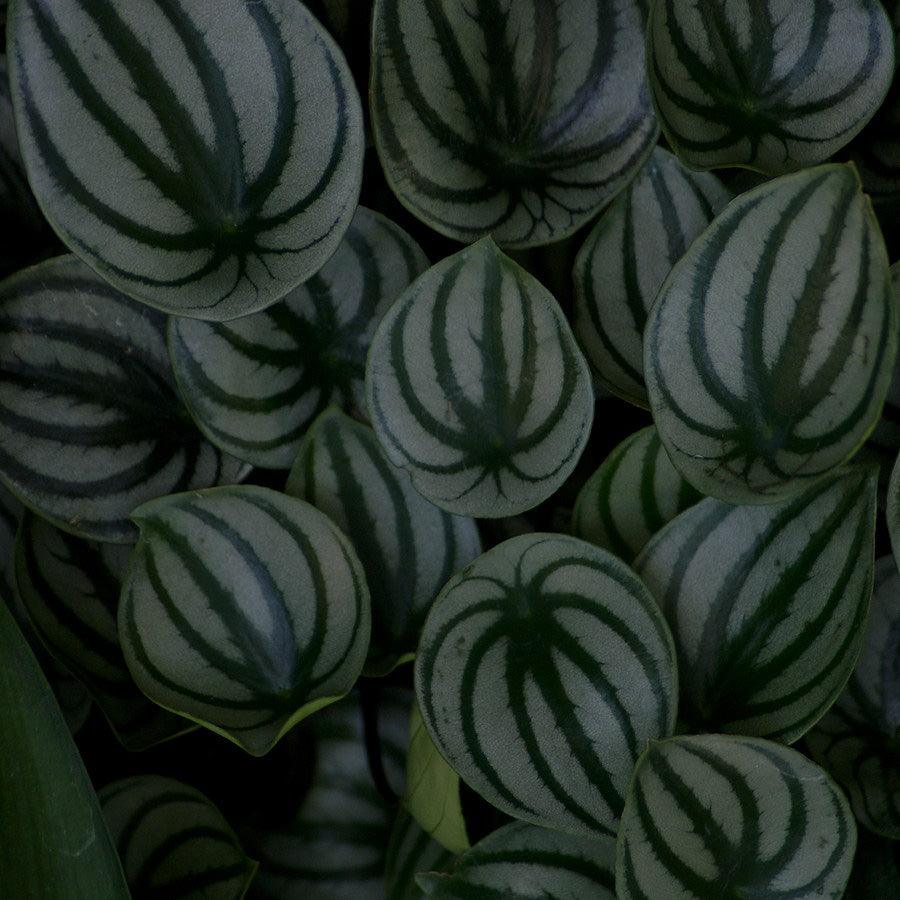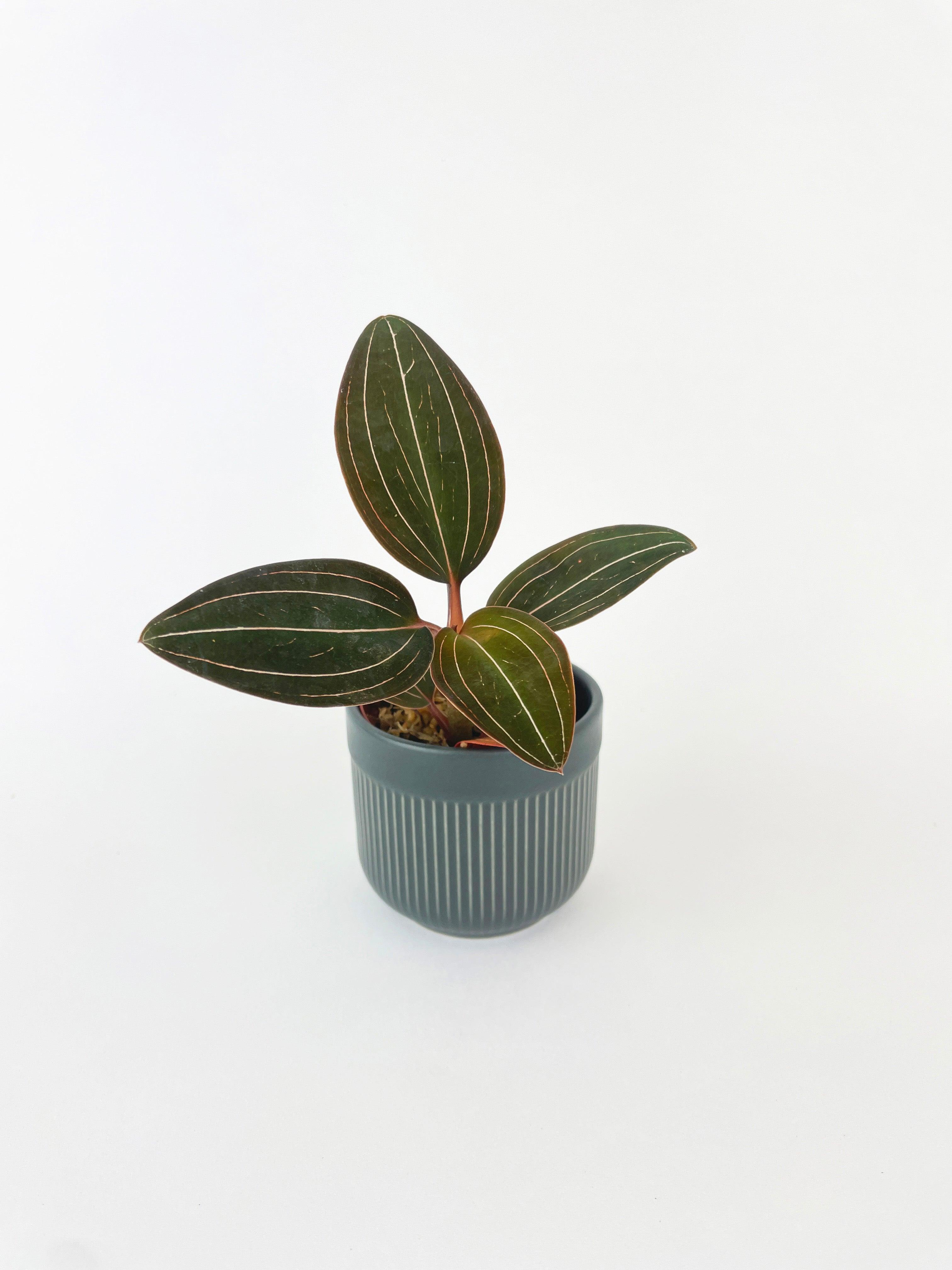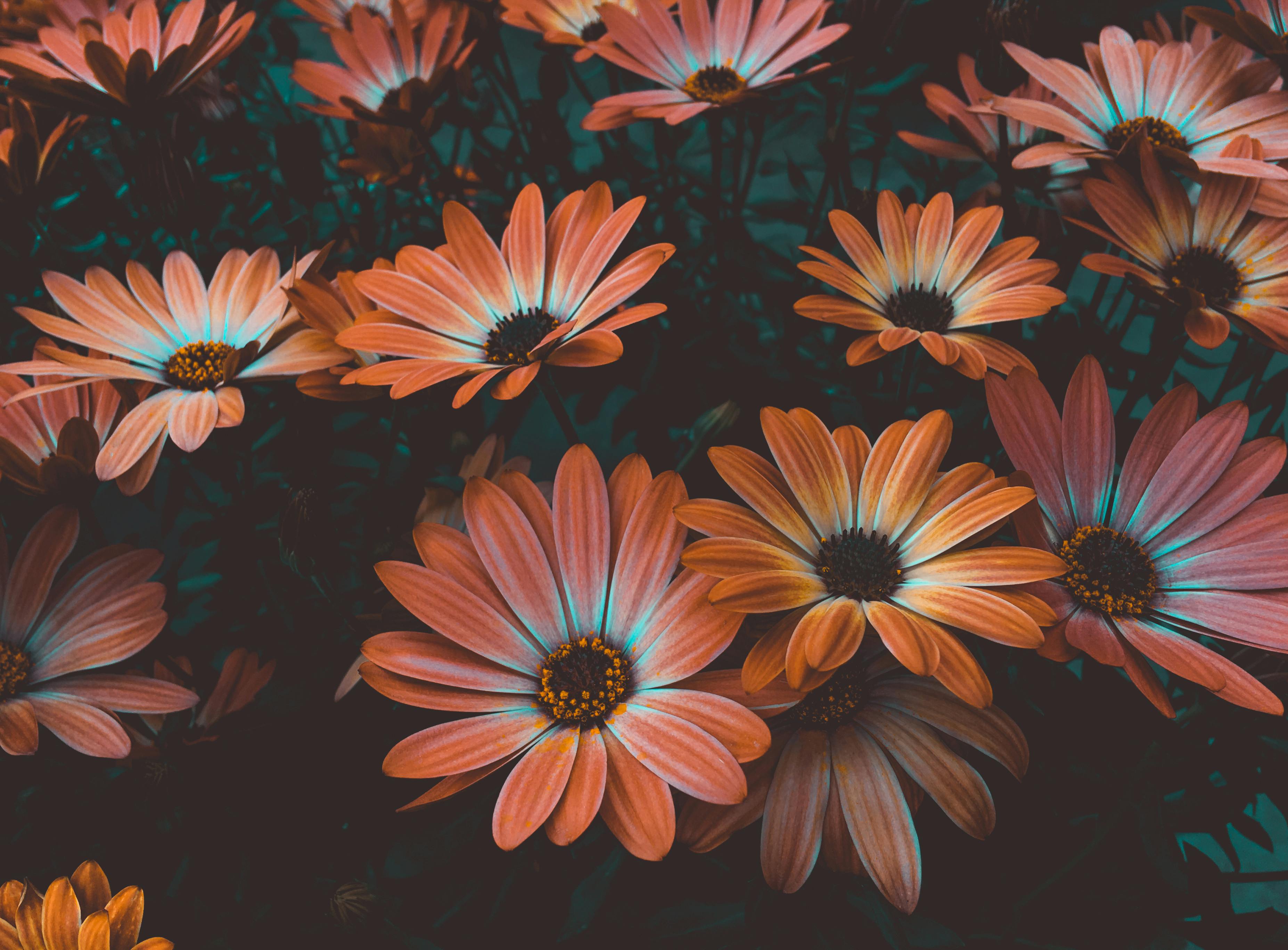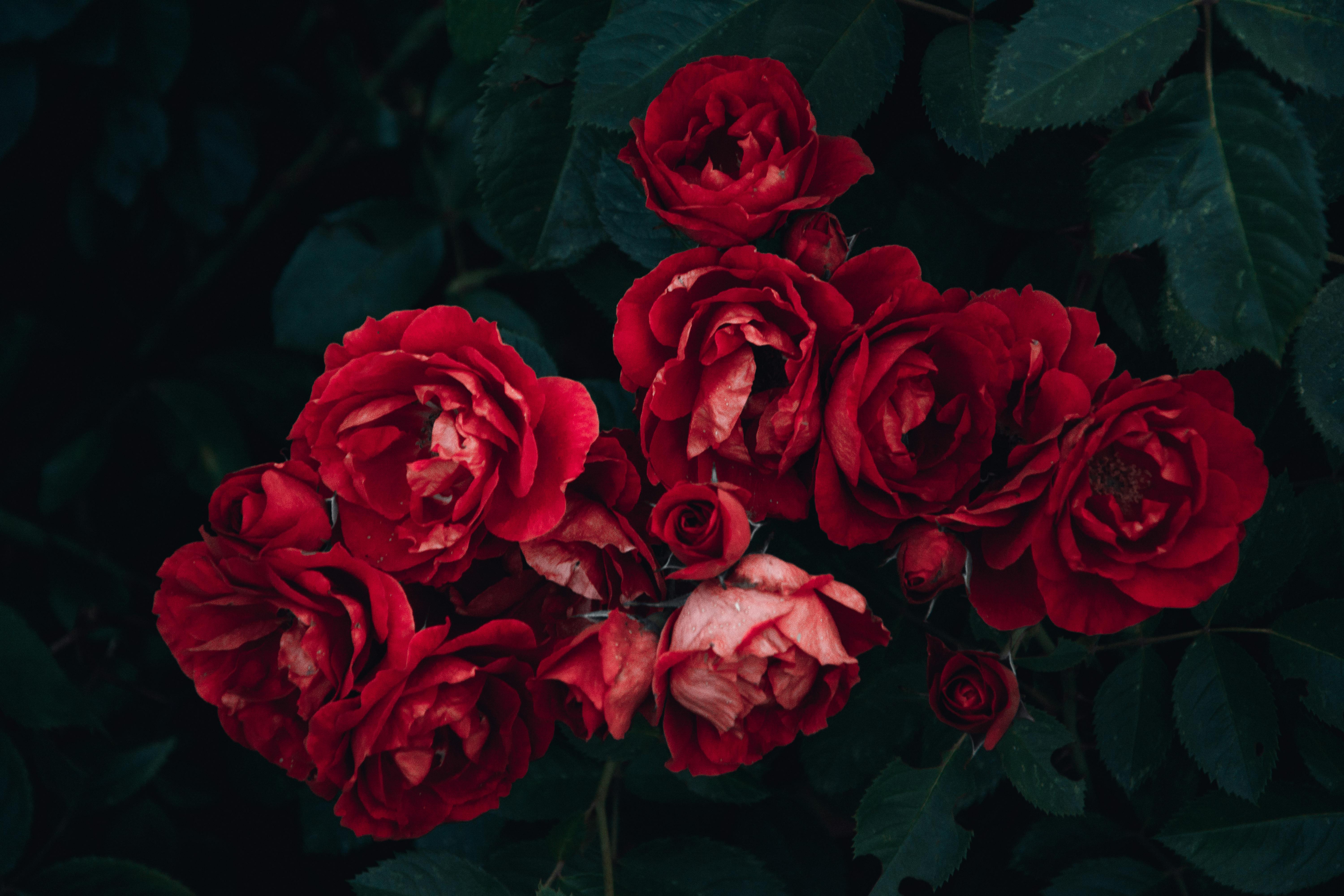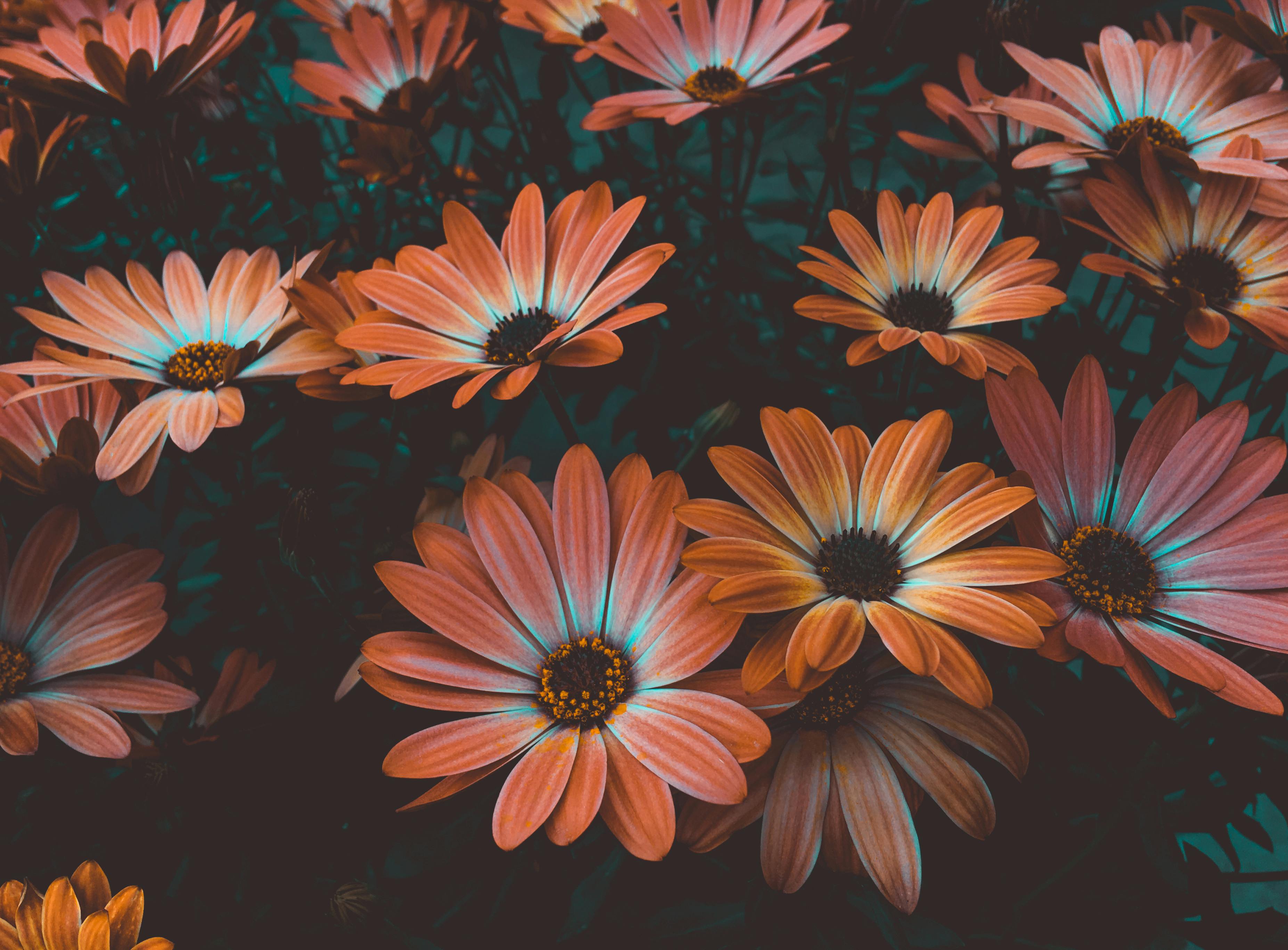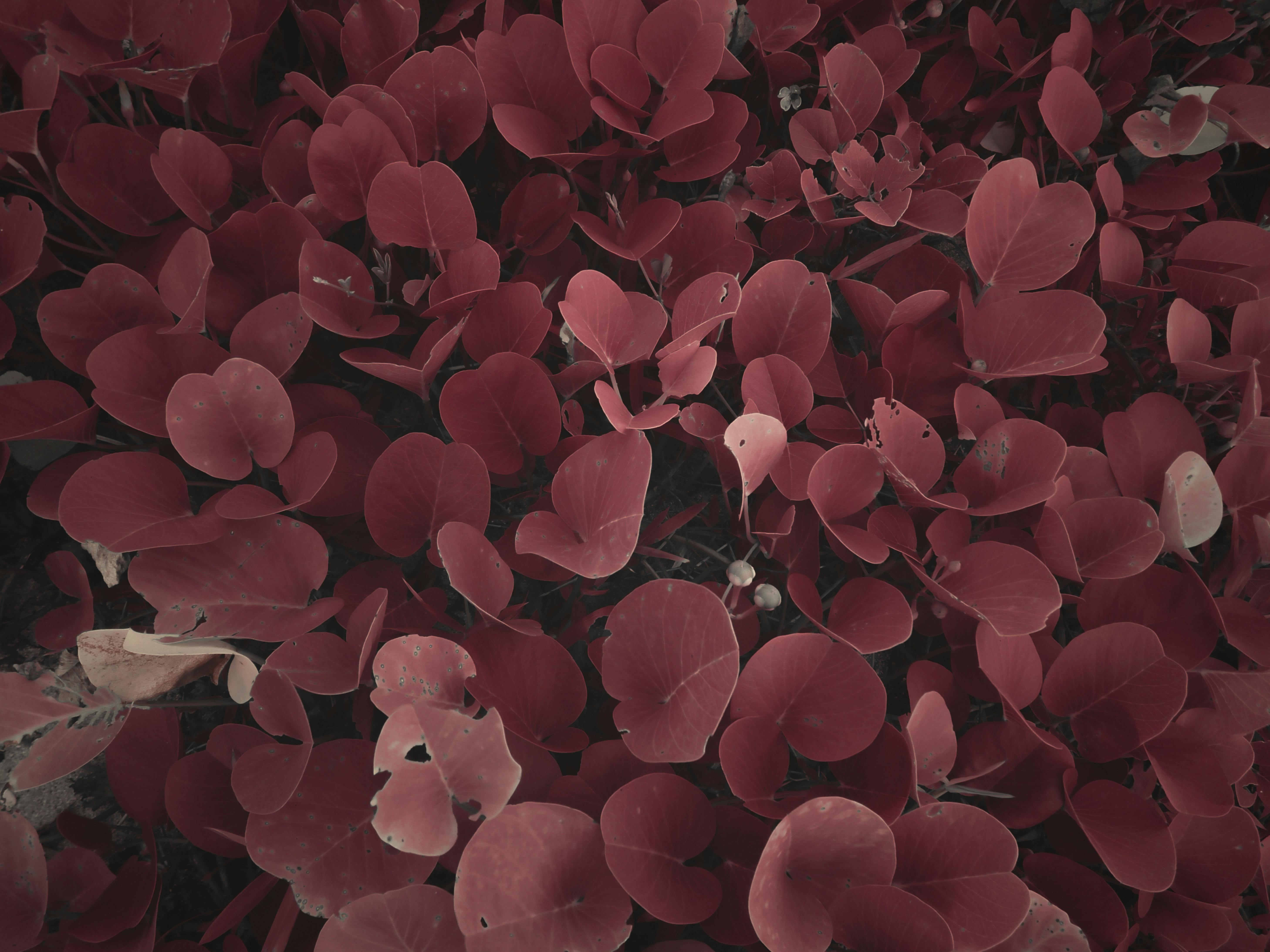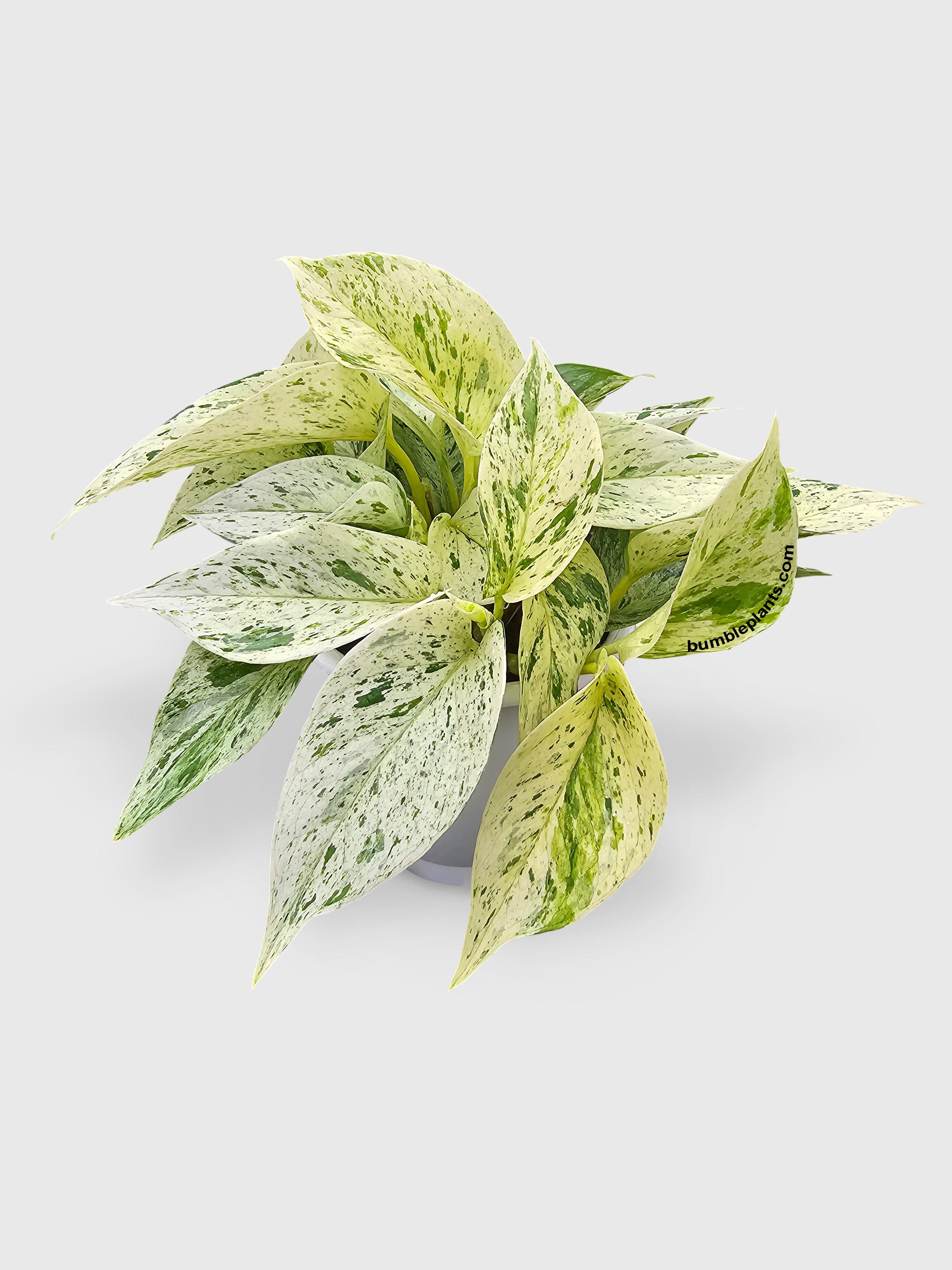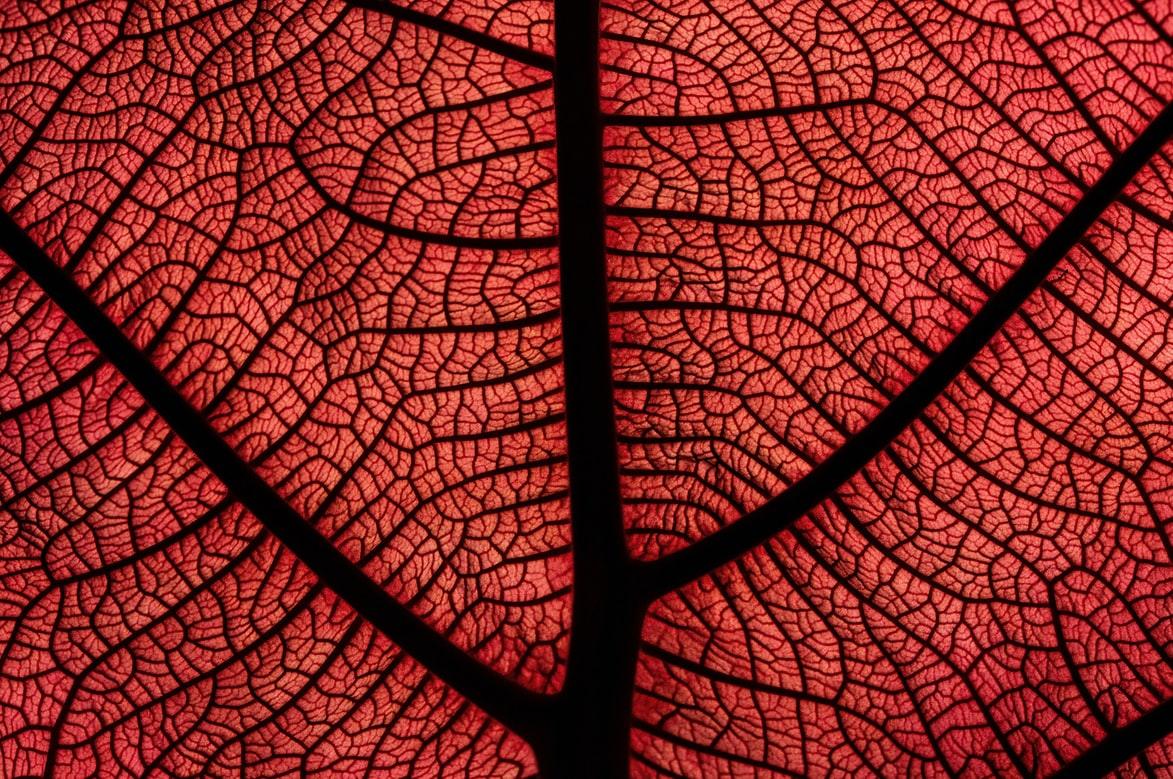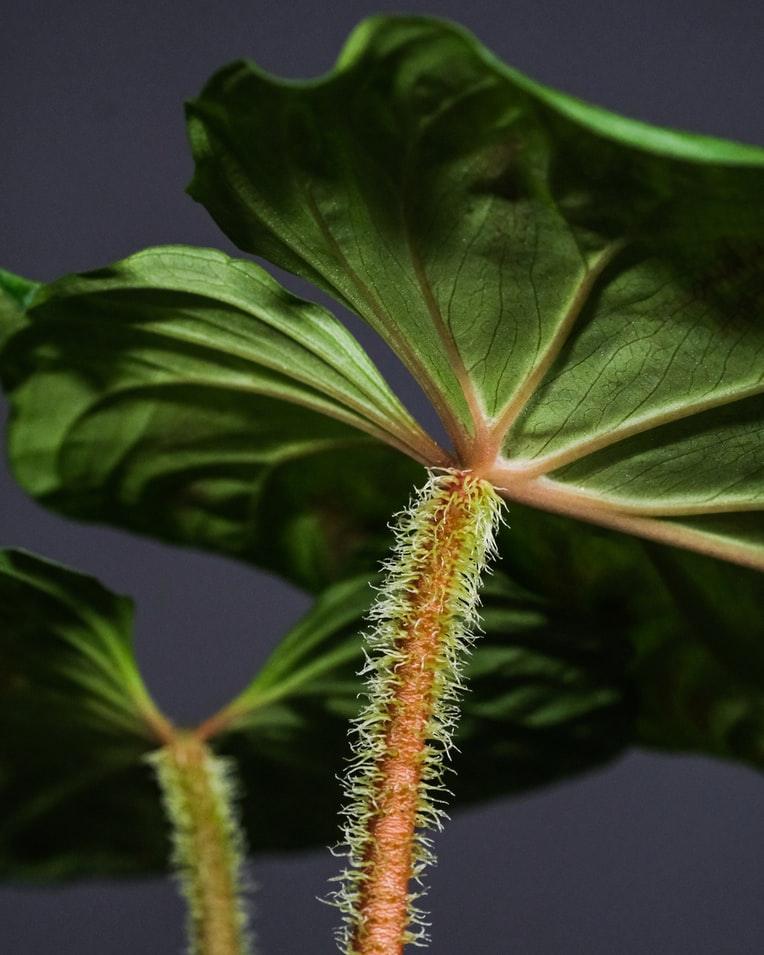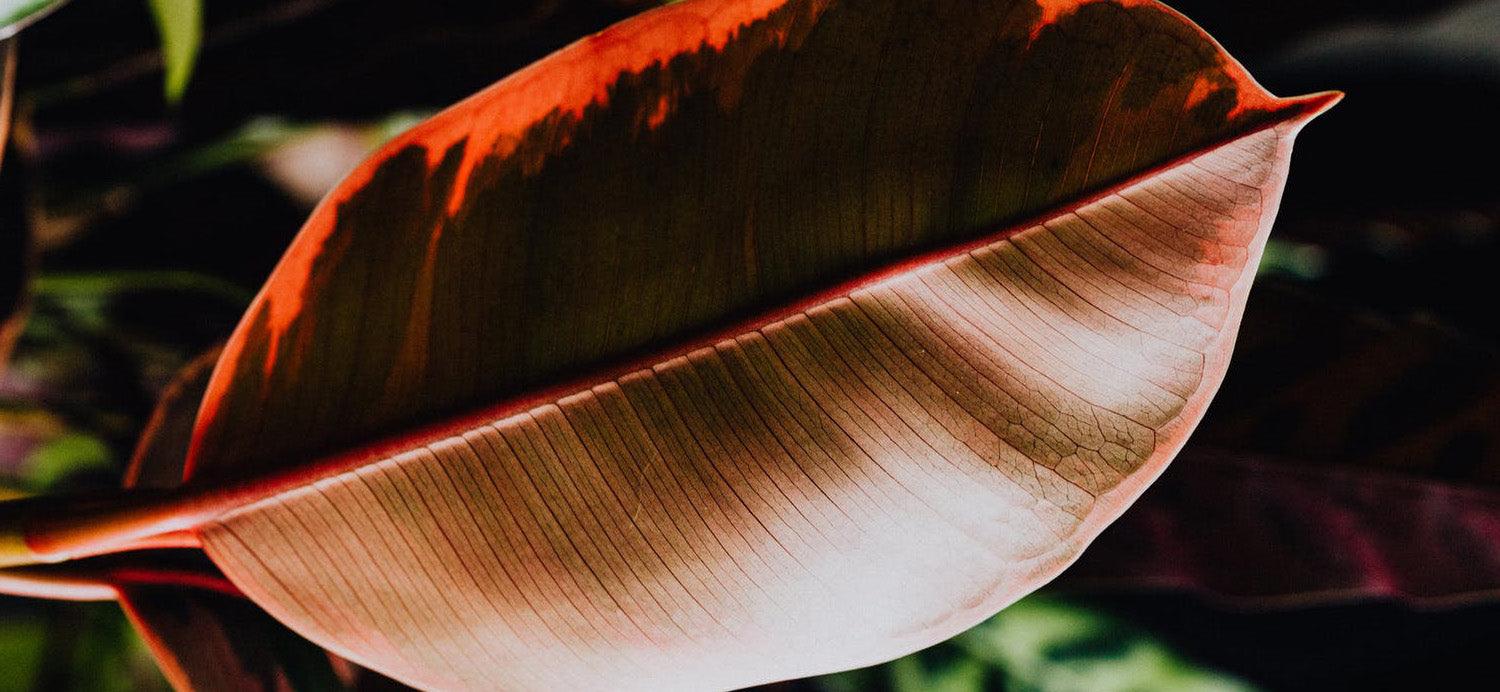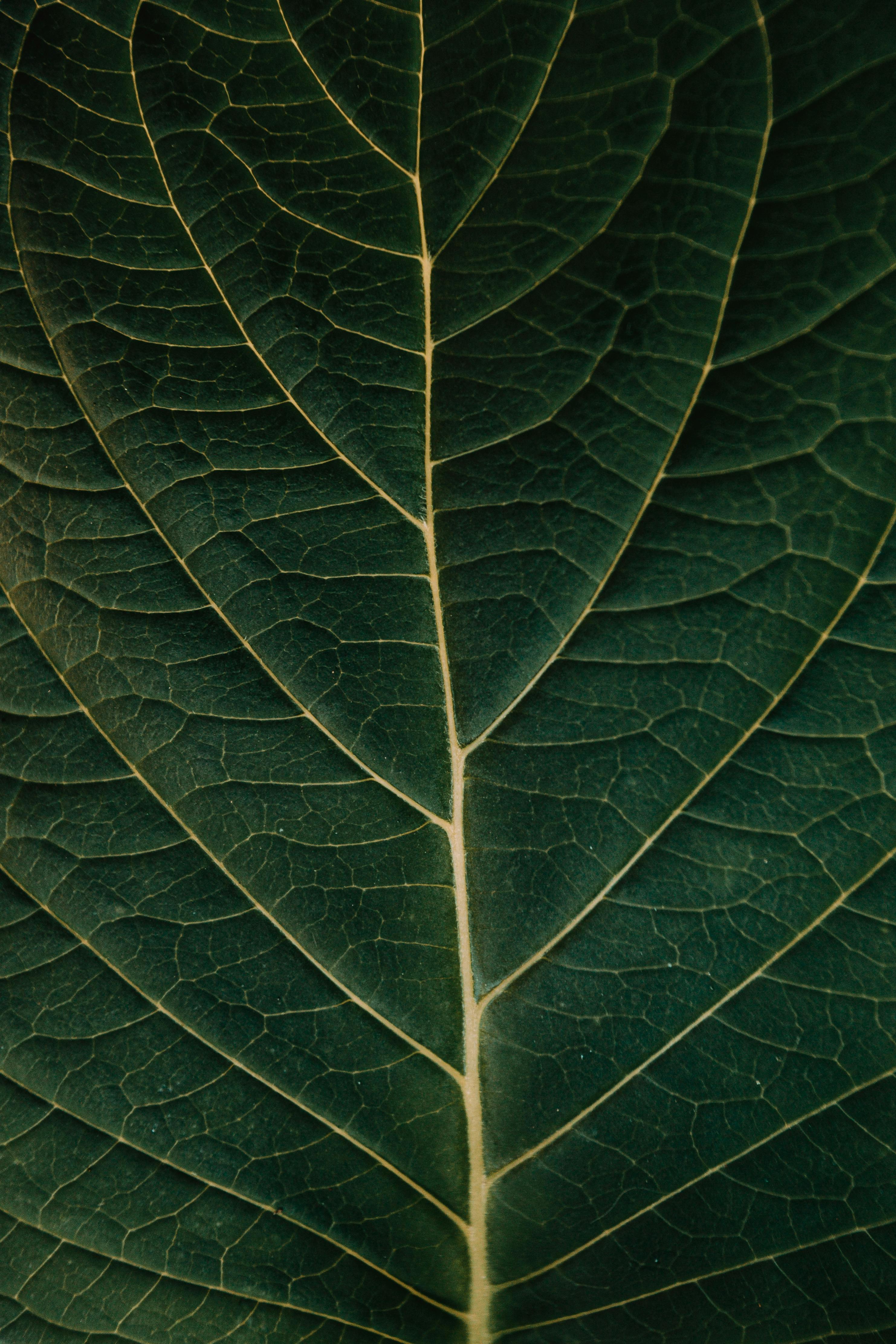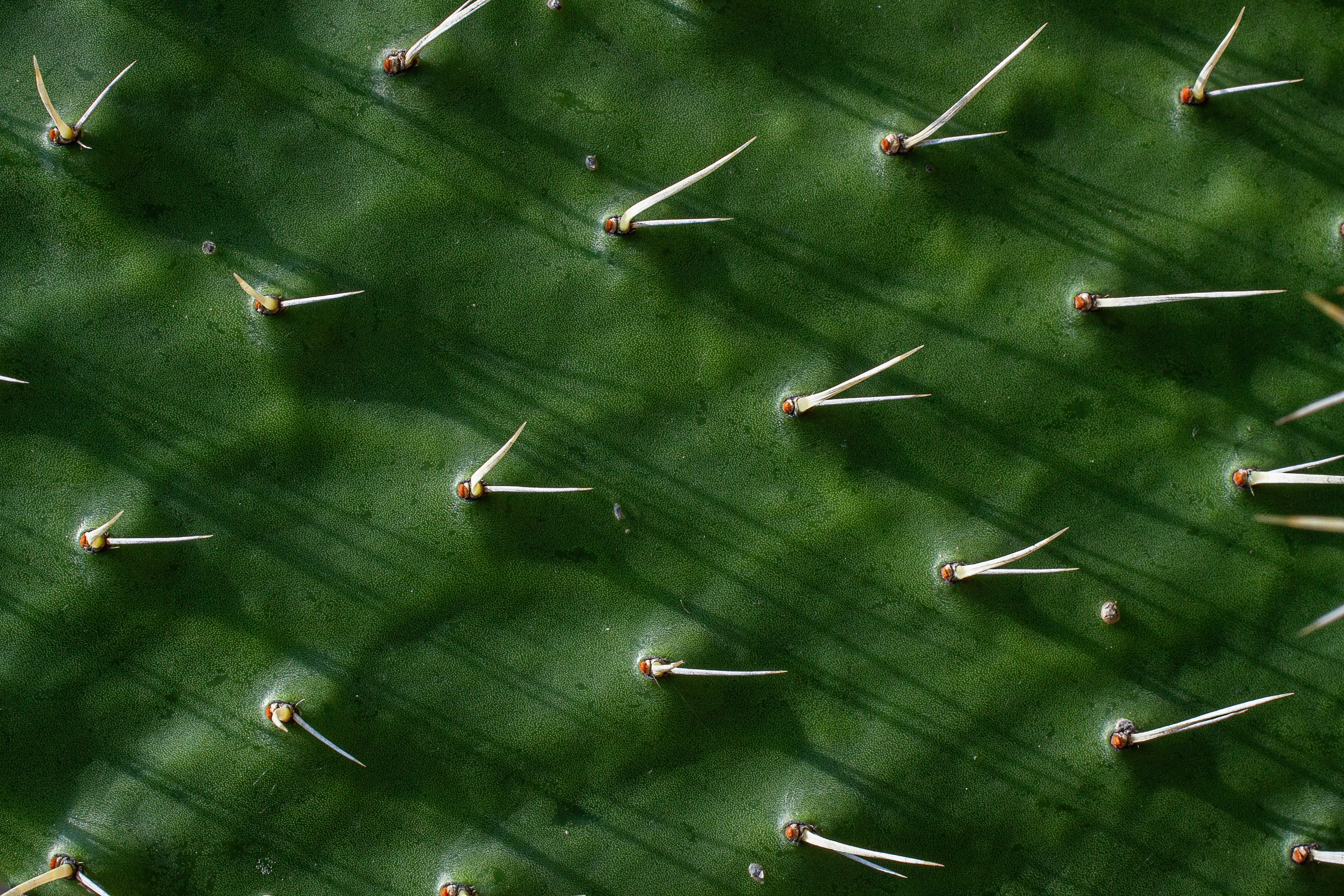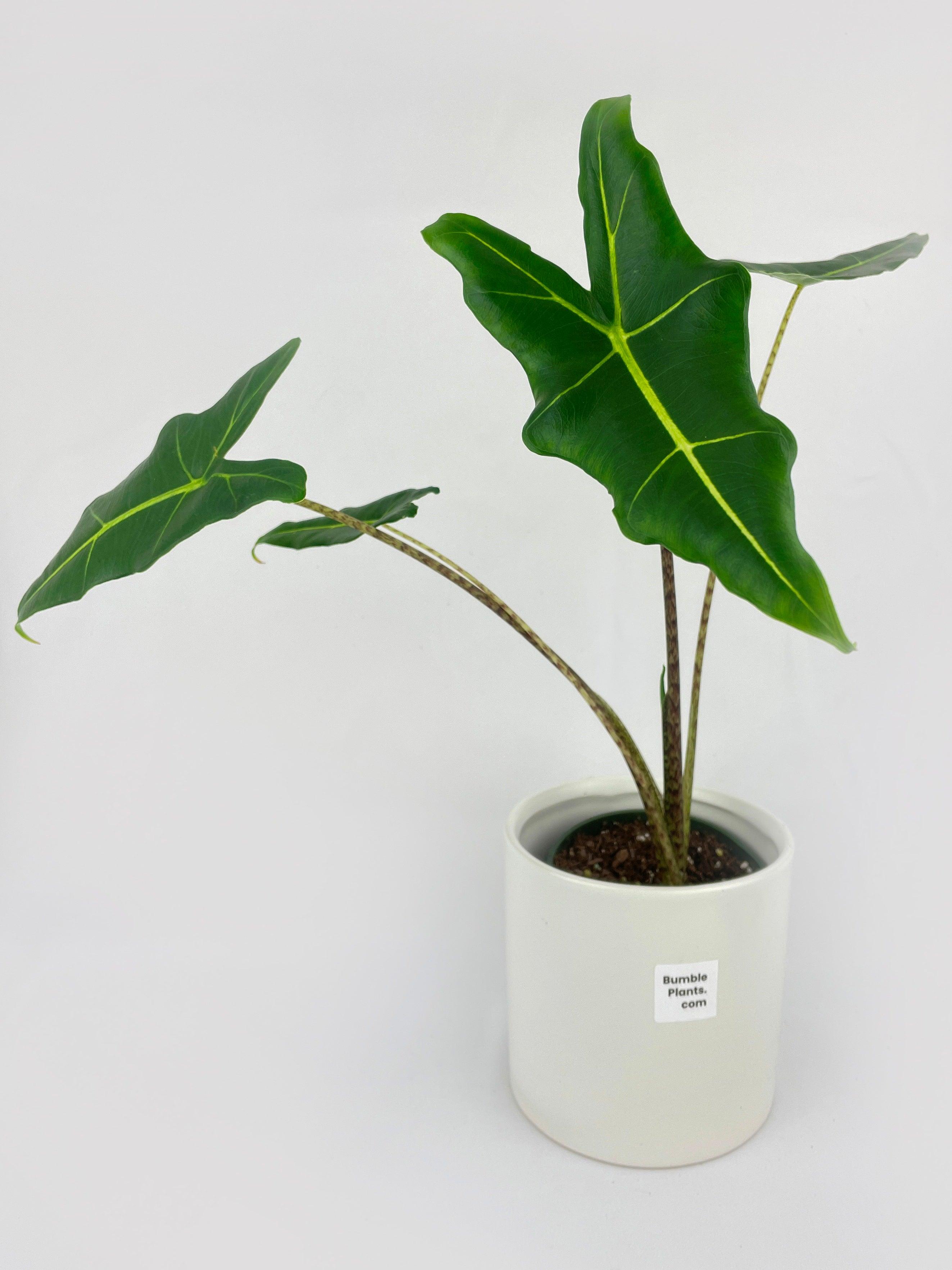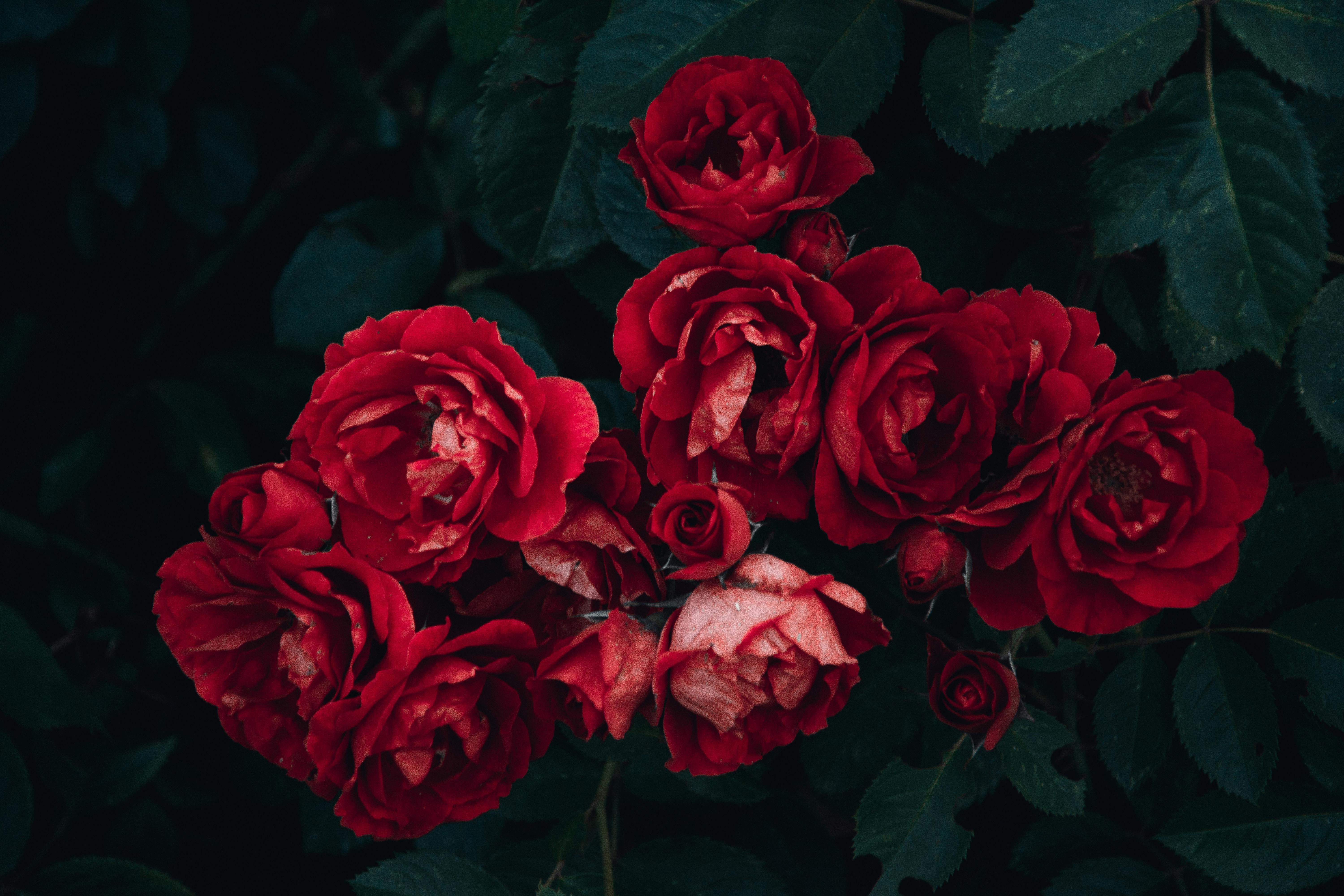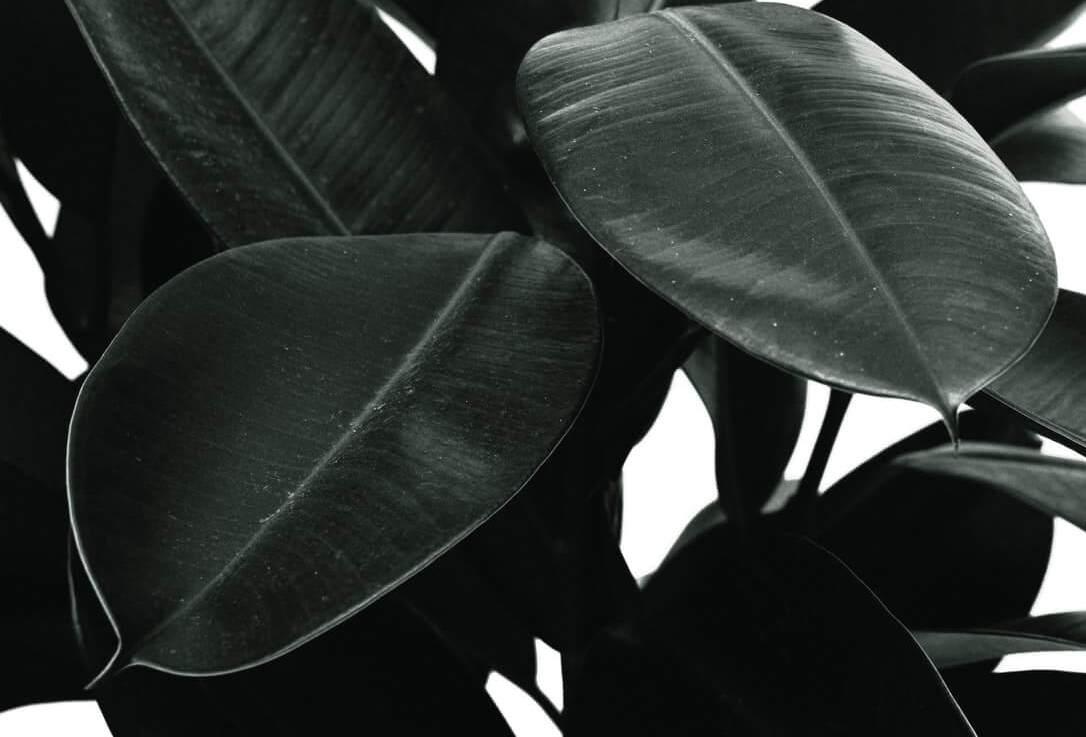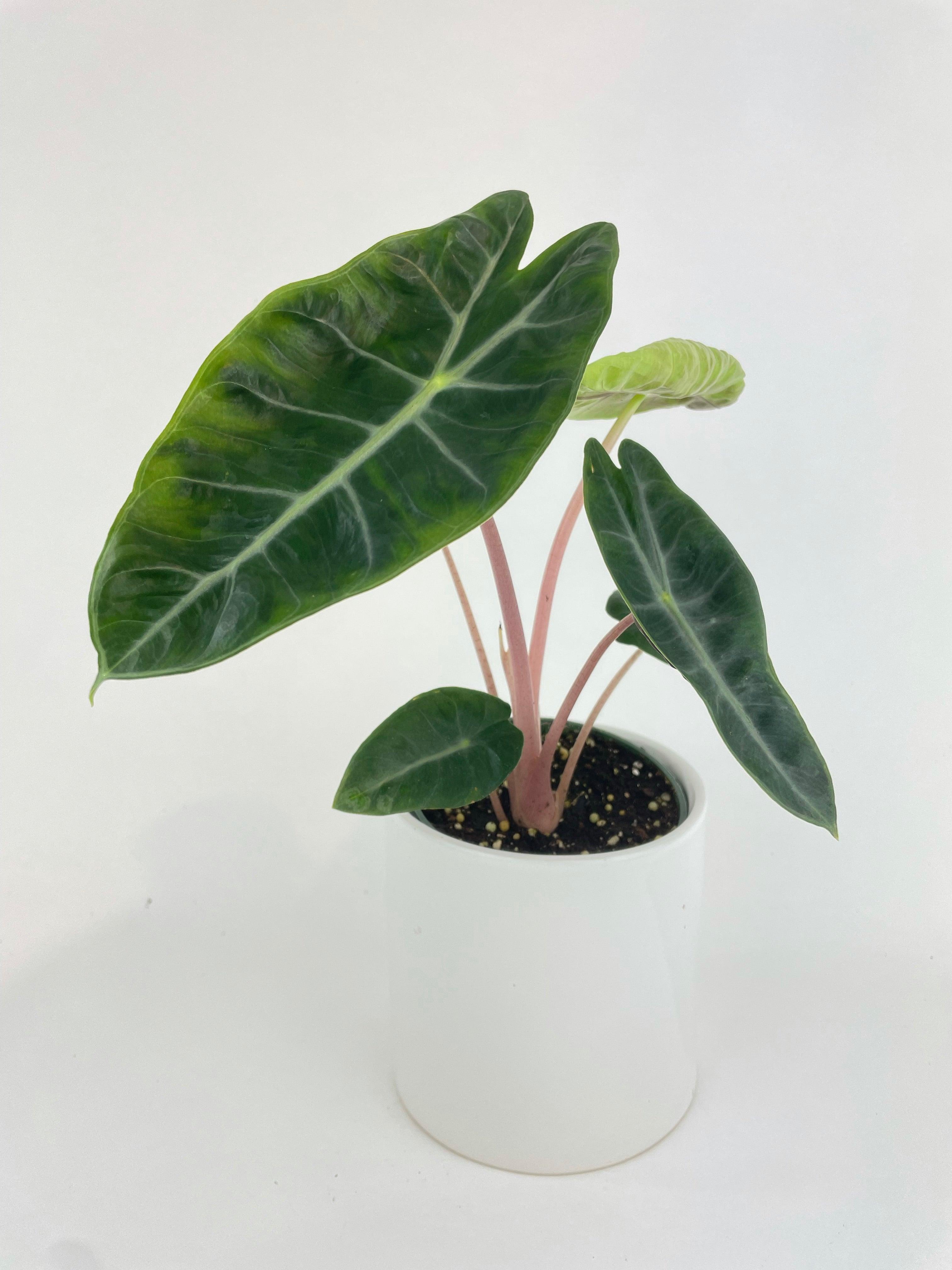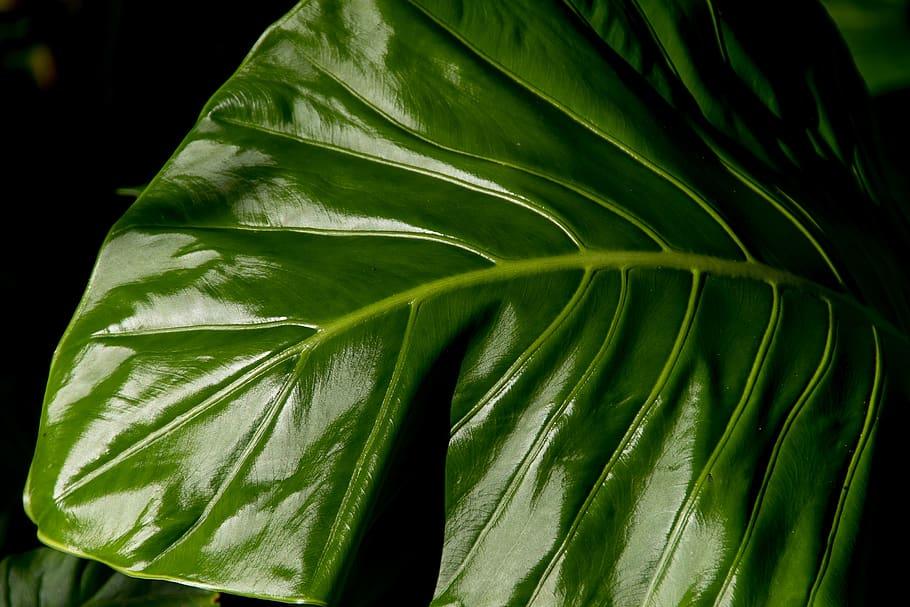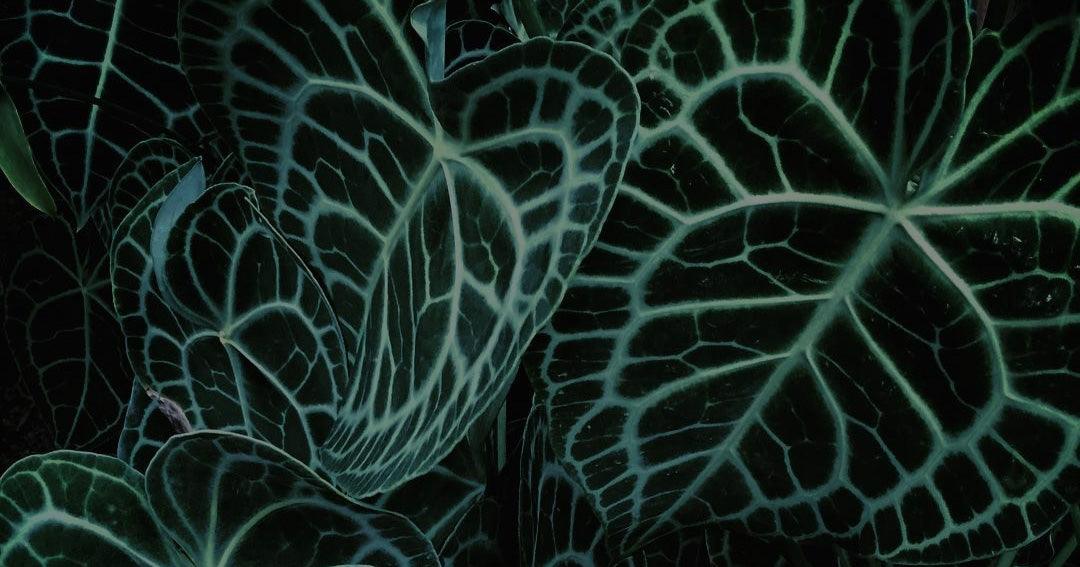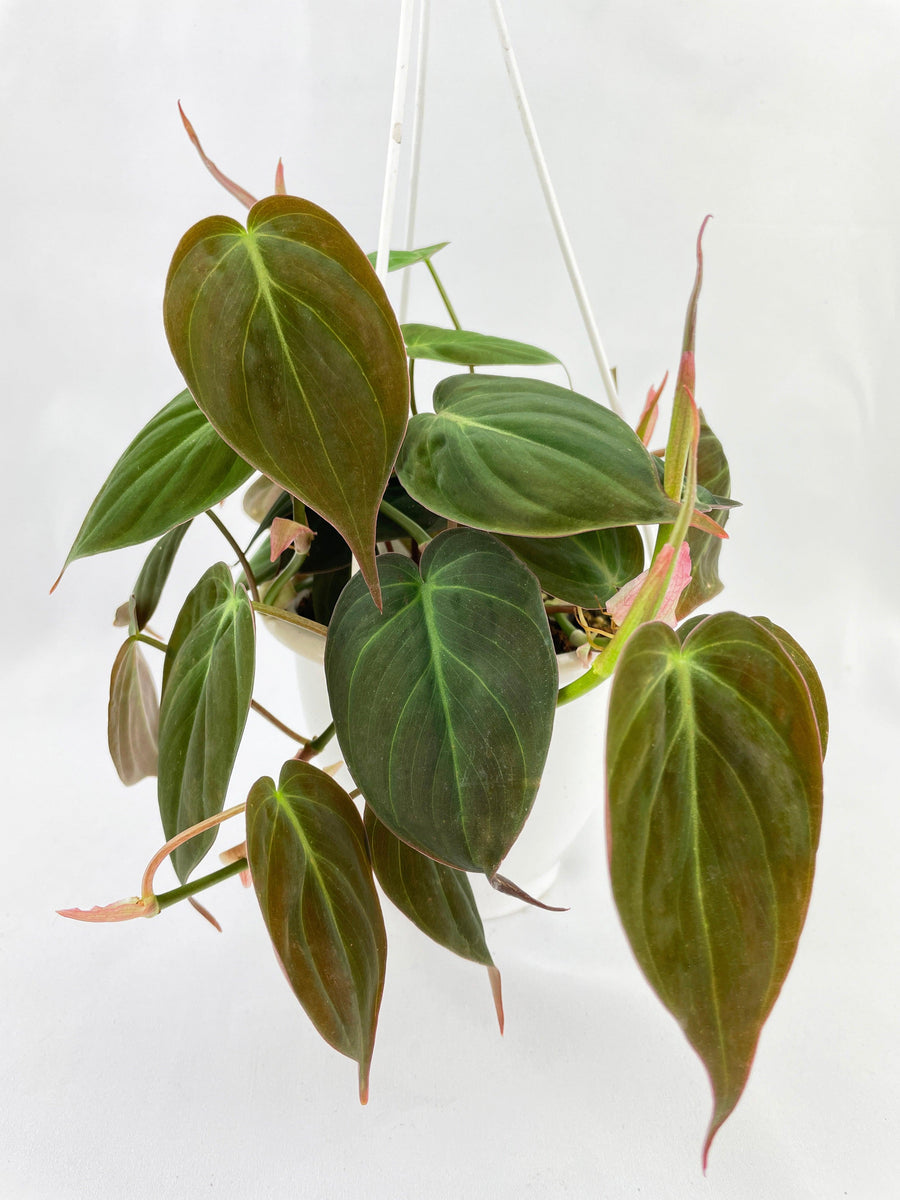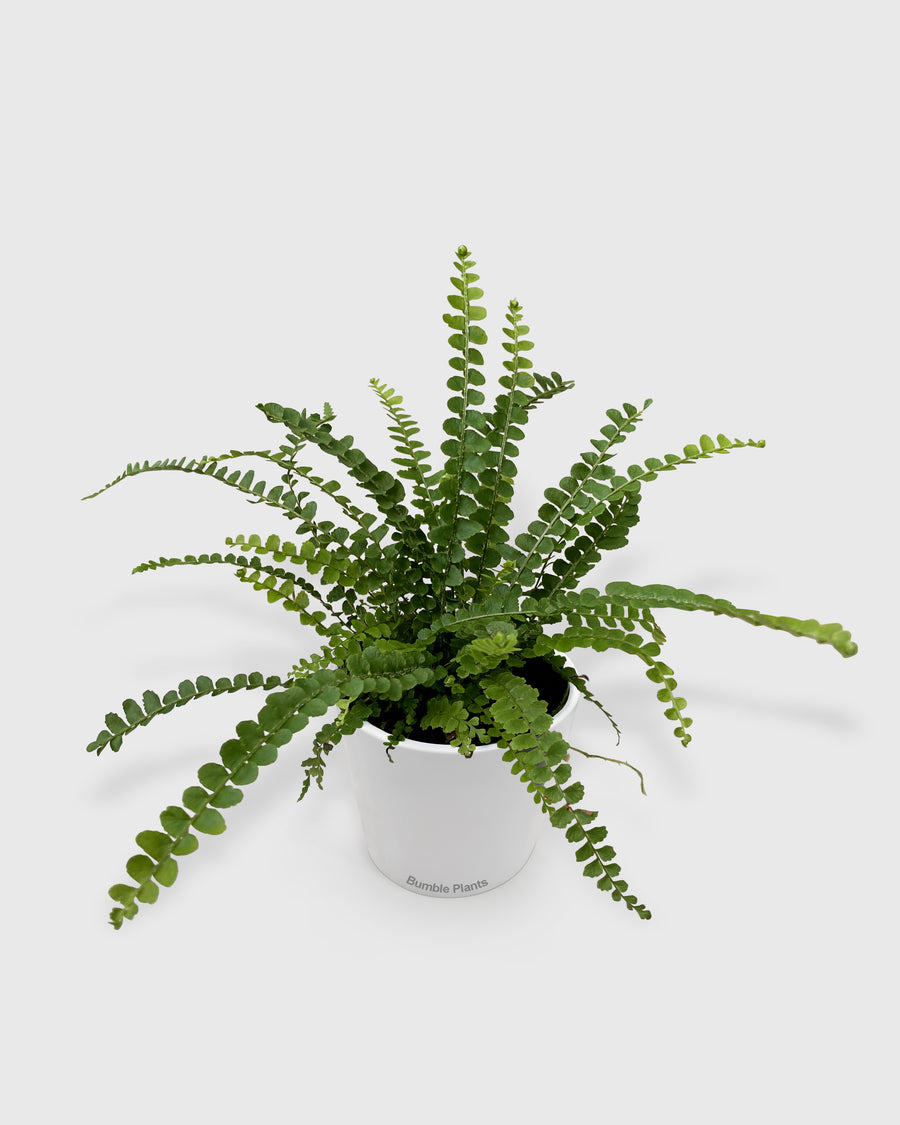Common Plant Care Mistakes and How to Avoid Them
Houseplants on social media look amazing, but keeping them thriving can be a challenge. We've all been there – struggling with watering, finding the right sunlight, or facing mysterious issues. But fear not, plant lovers! This guide will be your weapon against common plant care mistakes. We'll unveil the secrets to happy houseplants, tackle tricky topics like watering, repotting, and help you troubleshoot any problems that might arise. So, grab your watering can and get ready to cultivate a flourishing indoor jungle!
Happy Houseplants: Easy Tips to Avoid Mistakes
Ever wonder why your houseplant isn't as vibrant as the ones you see online? The truth is, even the greenest thumbs make mistakes sometimes! But fear not, plant enthusiast! Here, we'll unveil some common plant care mistakes, so you can avoid them and keep your leafy friends thriving.
Here are some of the most common culprits behind unhappy houseplants:
Repotting woes: Repotting is crucial for healthy growth, but doing it too often, choosing the wrong pot size, or using poor quality soil can all stress your plant.
Watering worries: Both overwatering and underwatering can be disastrous. We'll help you find the perfect watering routine for your plant and avoid these common mistakes.
Light struggles: Plants need the right amount of light to thrive. We'll show you how to identify your plant's light needs and give it the perfect spot in your home.
Don't Repot a Disaster! Tips for Happy RootsDon't Repot a Disaster! Tips for Happy Roots
Repotting is an essential part of plant care, but it can also be a source of stress for your leafy friend if done incorrectly. Here, we'll delve into some common repotting mistakes and provide solutions to keep your plant happy and healthy.
The Repotting Troublemakers:
Repotting too frequently: Contrary to popular belief, plants don't need a new pot every year. Repotting too often can actually disrupt their growth. We'll help you identify the signs your plant needs a new home.
Choosing the wrong pot size: A pot that's too big can lead to overwatering, while one that's too small can restrict root growth. We'll guide you on selecting the perfect pot size for your plant's needs.
Using low-quality potting mix: Poor quality soil can hinder drainage and suffocate your plant's roots. We'll recommend the right type of potting mix for different plants to ensure proper drainage and healthy root development.
Not addressing rootbound plants: If your plant's roots have filled the pot completely, it's become rootbound. This can stunt growth and make it more susceptible to problems. We'll show you how to identify a rootbound plant and repot it successfully.
Happy Plants Made Easy: The Basics of Plant Care
Houseplants may seem simple, but they do require some basic care to flourish. Here, we'll break down the three key elements that every plant parent needs to master:
Lighting Needs: Understanding Sun Exposure
Just like us, plants need light to survive and grow. However, different plants have different light requirements. Some bask in bright sunshine (think cacti and succulents), while others prefer a more relaxed, shady spot (like ferns and philodendrons). We'll help you understand your plant's light needs and give it the perfect place in your home.
Watering Wisdom: Avoiding Overwatering and Underwatering
Watering can be tricky! Overwatering is a common culprit for plant decline. We'll teach you how to identify the signs of both overwatering and underwatering and develop a watering routine that keeps your plant happy and healthy.
Choosing the Right Soil: Drainage Matters
Imagine your plant's roots like tiny people who need air to breathe. The right soil provides good drainage, allowing excess water to flow out and preventing the roots from sitting in water, which can lead to rot. We'll recommend the best type of soil for different plants and ensure their roots have a happy, healthy home.
Why Plants Fail to Thrive
Have you ever looked at your droopy plant and wondered, "What am I doing wrong?" The good news is, there are just a few key factors that can affect your plant's growth. By understanding these factors, you can diagnose the problem and get your leafy friend back on track!
The 5 (Five) Pillars of Plant Growth:
Light: As we mentioned earlier, light is essential for plant life. The wrong amount of light can cause stunted growth, leggy stems reaching for more light, or leaf burning from too much sun exposure.
Water: Both underwatering and overwatering can be detrimental to your plant's health. Underwatered plants will wilt and lose leaves, while overwatered plants can suffer from root rot due to lack of oxygen.
Soil: The quality of your soil plays a big role in plant health. Poor drainage, caused by the wrong type of soil, can lead to root rot. Additionally, nutrient-depleted soil won't provide the essential elements your plant needs to thrive.
Nutrients: Just like us, plants need a balanced diet! Over time, the nutrients in the soil become depleted. Regular fertilization with the right plant food will give your plant the boost it needs to flourish.
Environment: Consider your plant's natural habitat. Some plants prefer cool and humid environments, while others thrive in warm and dry conditions. Additionally, factors like pests, diseases, and overcrowding can also stress your plant.
Nourishing Your Plants: A Guide to Fertilization
Just like us, plants need a balanced diet to thrive! While potting mix provides some nutrients, these get used up over time. Fertilization is the process of replenishing these essential nutrients to keep your plant healthy and growing.
The Power of Plant Food:
Importance of Fertilization: Regular fertilization provides your plant with the nutrients it needs for healthy growth, vibrant foliage, and even beautiful blooms. Without these nutrients, your plant may become weak and susceptible to pests and diseases.
Fertilizer Types: There are various types of fertilizers available, each with its own advantages and uses. Liquid fertilizers are easy to use and readily absorbed by plants, while slow-release fertilizers provide a steady stream of nutrients over time. We'll help you choose the right fertilizer for your specific plant needs.
Beware of Over-fertilizing: Too much of a good thing can be bad! Over-fertilizing can damage your plant's roots and even kill it. We'll provide tips on how to properly dilute and apply fertilizer to avoid this issue.
Creating a Fertilization Schedule: The frequency of fertilization depends on the type of plant, its growth stage, and the fertilizer you choose. We'll help you create a customized fertilization schedule to keep your plant happy and nourished throughout the year.
Rescue Mission: Reviving Overwatered Plants
Uh oh! Did you accidentally give your plant a little too much love with the watering can? Don't worry, overwatering happens to the best of us . The good news is, with some quick action, you can often revive your plant and get it back on track.
Signs of an Overwatered Plant:
Wilting leaves: This might seem counterintuitive, but wilting can actually be a sign of overwatering. When the roots are suffocating in constantly wet soil, they can't take up water effectively, leading to wilting leaves.
Droopy stems: Overwatered plants may have soft, mushy stems that struggle to hold the leaves upright.
Discoloration of leaves: Leaves may turn yellow or brown due to lack of oxygen to the roots caused by overwatering.
Mushy soil: Sticking your finger in the soil and feeling mushiness is a clear sign of overwatering.
Reviving Your Overwatered Plant:
Stop watering immediately: This is the most crucial step! Put down the watering can and let the soil dry out completely before watering again.
Improve drainage: If your pot doesn't have drainage holes, this is a major culprit for overwatering. Repot your plant into a pot with drainage holes to prevent future problems.
Prune damaged roots: If the roots are mushy or brown, you may need to carefully prune them away with sterilized shears.
Monitor the soil moisture closely: Once the soil has dried out completely, wait a few days before watering again. Water only when the top inch of soil feels dry to the touch.
Addressing Root Rot: Causes, Prevention, and Treatment Your heading text goes here
Root rot is a serious issue that can plague even the most attentive plant parent. It occurs when the roots of your plant become damaged and rot due to prolonged exposure to overly moist soil. This can be caused by overwatering, poor drainage, or even using a pot that's too big for the plant.
The Ugly Truth About Root Rot:
Detrimental Effects: Root rot can have devastating consequences for your plant. Rotting roots can't absorb water and nutrients effectively, leading to wilting, stunted growth, and eventually, plant death.
Causes of Root Rot: We already mentioned overwatering and poor drainage, but there's another culprit: harmful fungi in the soil. These fungi thrive in constantly moist conditions and can attack weakened roots.
Preventing Root Rot:
Proper Watering Practices: The best way to prevent root rot is to avoid overwatering. Water your plant only when the top inch of soil feels dry to the touch.
Well-draining Soil and Pots: Choose a potting mix that drains well and use a pot with drainage holes at the bottom. This allows excess water to escape and prevents the roots from sitting in water.
Sterilizing Tools Before Use: Fungus spores can spread through tools like pruners. Sterilize your tools with rubbing alcohol before using them on different plants to prevent the spread of root rot.
Treating Root Rot:
Early Intervention is Key: The sooner you catch root rot, the easier it is to treat. Be observant and look for the signs mentioned earlier (wilting, discolored leaves).
Mild Cases: If the case is mild, you might be able to save your plant by following the steps outlined in the "Reviving Overwatered Plants" section (stop watering, improve drainage, prune damaged roots).
Severe Cases: For severe cases of root rot, the plant may be beyond saving. However, you can try repotting it in fresh, sterile potting mix and a pot with good drainage.
Recognizing Signs of a Struggling Plant
Houseplants aren't always the most vocal about their needs, but they do communicate with us through their appearance. Learning to recognize the signs of a struggling plant is key to diagnosing the problem and taking action before it's too late. Here are some common signs to watch out for:
Wilting Leaves: This can be caused by a variety of issues, including underwatering, overwatering, or incorrect temperature.
Discoloration of Leaves: Leaves that turn yellow, brown, or develop spots can be a sign of various problems, including overwatering, nutrient deficiency, incorrect sunlight exposure, or pests and diseases.
Stunted Growth: If your plant seems to be stuck in the same size for a long time, it could be due to a lack of nutrients, improper pot size, or insufficient light.
Leaf Drop: Losing a few leaves here and there is normal, but excessive leaf drop can be a sign of stress caused by underwatering, overwatering, incorrect temperature, or even pests and diseases.
Presence of Pests or Diseases: Tiny bugs, sticky sap, or powdery mildew on the leaves could indicate a pest or disease problem. Early detection and treatment are crucial to prevent the issue from spreading.
Conclusion
Houseplants can bring life and beauty to your home, but avoiding common plant care mistakes is key to their success. By understanding basic care needs like watering, lighting, and repotting, you can prevent problems before they start. This guide has equipped you with the knowledge to confidently navigate these potential pitfalls and troubleshoot any issues that may arise. So, grab your houseplants, embrace the joy of nurturing life, and watch your indoor jungle flourish!


